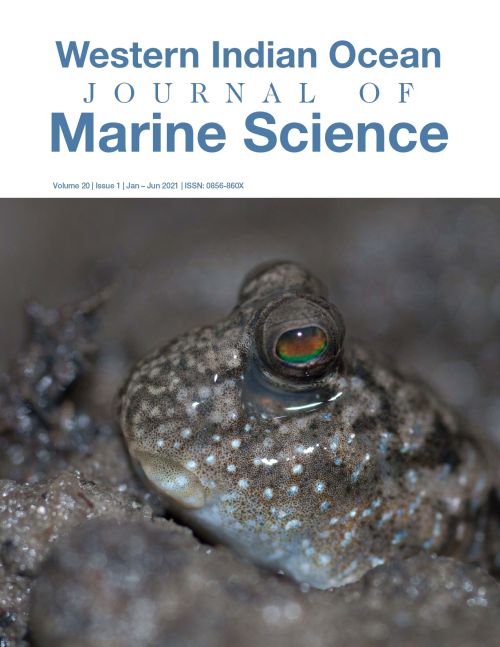Main Article Content
Effects of different types of manure on the culture of marine plankton as a potential source of food for mariculture hatcheries
Abstract
The study examined different types of organic manure on the culture of marine plankton as a potential source of food for rabbitfish, Siganus stellatus, larvae. Cow dung showed significantly higher species abundance and diversity of cultured marine plankton followed by chicken and finally mixed media manure (p<0.05). A total of 36 genera of phytoplankton (21) and zooplankton (15) were identified in all culture media. Class Bacillariophyta was the most abundant and diverse group which accounted for 41.3 % of the total phytoplankton. Calanoida was the dominant group of the identified zooplankton, accounting for 51.7 %. It was observed that the organic manure used favoured the growth of commercially important species of phytoplankton such as Chaetoceros sp., Skeletonema sp., Chlorella sp., Isochrysis sp., Nannochloropsis sp. and Spirulina sp., and zooplankton such as Eurytemora sp., Calanus sp., Oithona sp., Branchionus sp., Moina sp. and ostracods. The growth performance and survival rate of early stage rabbitfish larvae fed with live marine zooplankton performed better compared to those fed with Artemia spp. and commercial dry feed. This indicates that zooplankton have the potential to enhance growth performance and survival rate, hence increasing productivity and the development of mariculture.






